| North Carolina's 189 Odonate species | ||||
|---|---|---|---|---|
| Sort Species by: Family Scientific Name [ Undocumented ] |
| Related Species in LIBELLULIDAE: | Number of records for 2024 = 0 | |
| Photo Gallery for Marl Pennant 23 photos are shown. | Other NC Galleries: Jeff Pippen Will Cook Ted Wilcox | ||
 | Photo 1 by: Matt Spangler Comment: Dare; OBL, 2023-08-06, Cape Hatteras--Salt Pond | 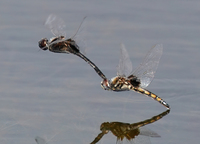 | Photo 2 by: Sven Gippner Comment: Dare; OBM, 2023-07-26, Cape Hatteras National Seashore, Bodie Island Marsh Blind, 35.86381, -75.579037, iNaturalist record #176408894 - Ovipositing pair in tandem |
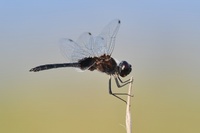 | Photo 3 by: Matt Spangler Comment: Carteret, 2022-10-08, Harkers Island--Core Sound Waterfowl Museum area | 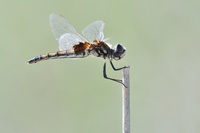 | Photo 4 by: Matt Spangler Comment: Dare; OBL, 2022-08-21, Cape Hatteras NS--Salt Pond - one male patrolling not far from a female |
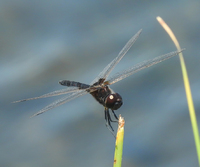 | Photo 5 by: Cade Schmidt Comment: New Hanover, 2022-06-00, iNaturalist Record #120853208 | 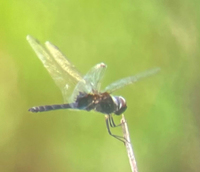 | Photo 6 by: Larry Chen Comment: Tyrrell, 2021-08-00, iNaturalist Record #91895463 |
 | Photo 7 by: Steve Taylor Comment: Pamlico, 2020-09-19, Near Hobucken. iNaturalist record #60110384. - Male. | 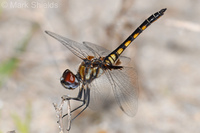 | Photo 8 by: Mark Shields Comment: Dare; OBL, 2019-06-14, Cape Hatteras National Seashore, old lighthouse site - 2 females, 1 immature male. Presence of immature male suggests that breeding may occur at this site. |
 | Photo 9 by: Mark Shields Comment: Dare; OBM, 2018-09-08, North Pond, Pea Island National Wildlife Refuge - 5 females, 2 males | 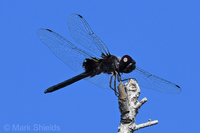 | Photo 10 by: Mark Shields Comment: Onslow, 2018-08-28, northern tip of Topsail Island, adjacent to New River Inlet - 8 males, 8 females |
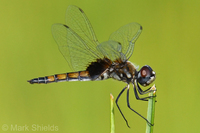 | Photo 11 by: Mark Shields Comment: Onslow, 2018-08-20, Morris Landing Clean Water Preserve, Holly Ridge - Female perched in saltmarsh. First record for county. |  | Photo 12 by: Mark Shields, Hunter Phillips Comment: Dare; OBL, 2018-06-29, pond at old Hatteras Lighthouse site, Cape Hatteras National Seashore - males |
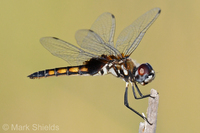 | Photo 13 by: Mark Shields Comment: Pender, 2017-09-13, Southern end of Topsail Island, sound side - female perched in saltmarsh. First record for county. | 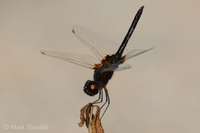 | Photo 14 by: Mark Shields Comment: New Hanover, 2015-09-13, Ft. Fisher State Recreation Area, Basin Trail - males |
 | Photo 15 by: Mike Turner Comment: Dare; OBL, 2015-09-11, Cape Point, Buxton; freshwater pond at 35.235931, -75.529496 - 7 adult males | 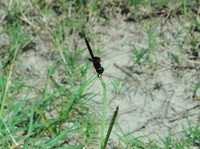 | Photo 16 by: Mike Turner Comment: Dare; OBL, 2015-09-09, Cape Hatteras Lighthouse area - 2 adult males |
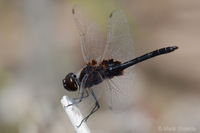 | Photo 17 by: Mark Shields Comment: Hyde, 2015-07-08, Mattamuskeet NWR - perched along shoreline and in grass beside Central Canal Road | 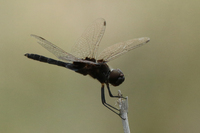 | Photo 18 by: Kristy Baker Comment: Dare; OBL, 2015-06-10, Cape Point Campground |
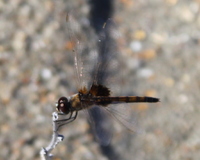 | Photo 19 by: B. Fleming, P. Branch Comment: Carteret, 2014-10-04, Fort Macon State Park - Numerous examples seen on the tidal flats that flooded due to extremely high tides. | 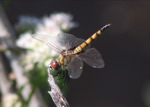 | Photo 20 by: E. Corey Comment: Hyde, 2010-09-15, Lake Mattamuskeet NWR - female |
 | Photo 21 by: Joe Lafferty Comment: Brunswick, 2009-07-26 |  | Photo 22 by: Jeff Pippen - Jeff's website Comment: Brunswick, 2007-08-25, Ocean Isle sewage treatment plant. |
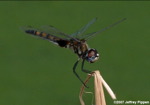 | Photo 23 by: Jeffrey Pippen - Jeff's website Comment: Brunswick, 2007-08-25, Ocean Isle sewage treatment plant. | ||

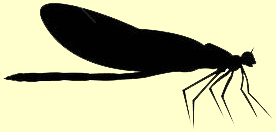 »
»